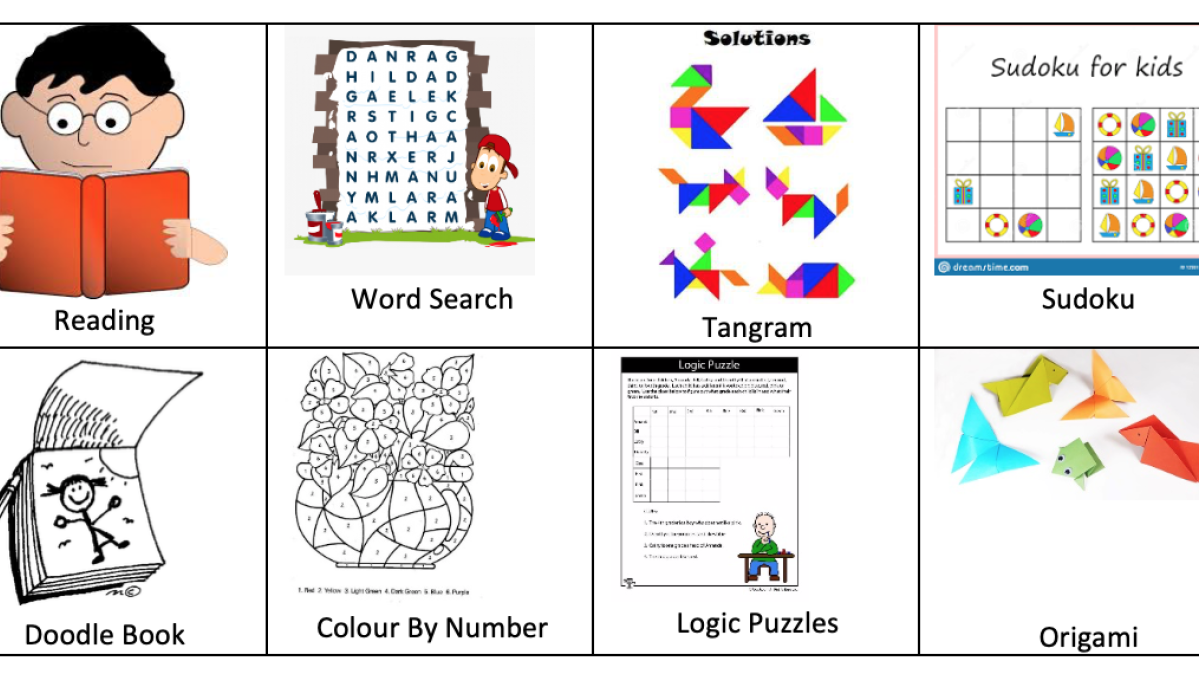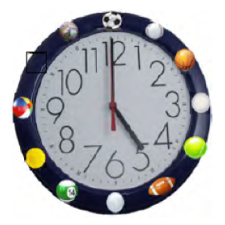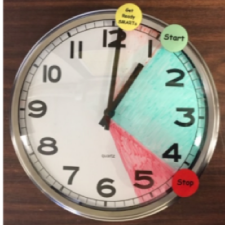The following strategies are crucial to children who have challenges with sensory processing but will also be helpful to all learners, as they teach self-regulation skills and executive functioning skills.

Have a visual schedule
A visual schedule provides organization, structure, and predictability to the day. It eases transitions, which are often very difficult for children with sensory challenges, and reduces anxiety. Using pictures in addition to words will play into the strengths of children who are visual learners (i.e. autism) as well as reinforce the use of non-verbal working memory – a crucial building block in learning executive functioning skills.
https://www.youclevermonkey.com/2016/01/visual-timetable.html

Teach Time
Learning to tell time encourages children to bring sensory needs to a cognitive level – Mind over matter i.e. I need a break but I know that recess is coming up in 5 minutes. Being able to tell time is empowering and fosters self-regulation skills. Furthermore, being able to tell time on an analogue clock is central in understanding and visualizing the passage of time.

Have a visual timer
Using a visual timer helps children anticipate transitions and takes the onus away from the teacher/E.A. It also helps all children learn the passage of time and time management. Use erasable markers on an actual clock to help children see the passage of time.
Time Markers for younger students:
Yellow to Green indicates the 'get ready' and the red section indicated the 'get done'. From Ready to Done Model (Ward, 2018) http://efpractice.com/)

Have clear classroom rules and expectations
Clear rules and expectations help to create predictability. Predictability is key to a child who is triggered by unexpected touch, noise etc.

Teach a special signal
Teach a special signal that kids can use when they need a break or use break cards.

Have a clear choice of activities/expectations when work is completed.
When students complete their work, they are often left waiting and unclear as to what to do next. As such, the amount of walking around increases, the classroom noise level increases and children who are still working have an increasingly difficult time staying focused. Having predictable and clear activity choices and expectations can help organize this transition time and maintain a calm/quiet environment.





